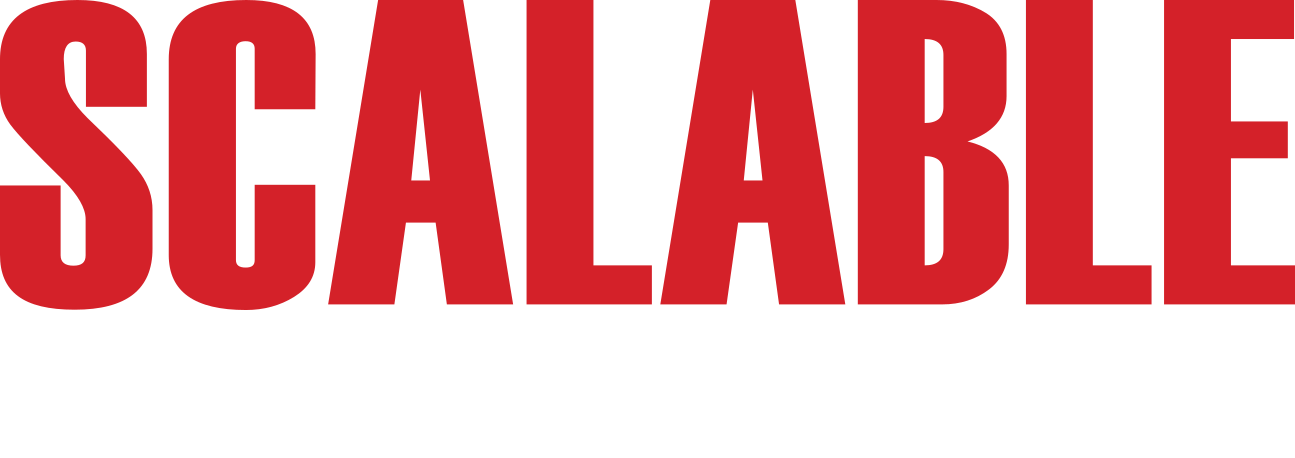Today’s digital world offers an abundance of data. Beyond more conventional sources, modern sources such as wearables, sensors, and Internet of Things devices are flooding the workplace with data at an exponential rate. This influx comes in previously unimaginable quantities and formats. The conventional, centralized method of gathering data cannot keep pace. Transporting large dataset might create inefficiencies and bottlenecks.
Instead of transporting data, we should consume it at its source. Real-time access and granting restricted permissions to individuals and processes are key components of this strategy.
Businesses today heavily rely on insights gained from data analysis. However, traditional methods cannot deliver the speed and agility required to execute analytics, especially with data velocity, volume, and variety at an all-time high. Businesses must seamlessly connect data silos and convert raw data into actionable insights in almost real-time.
Consequently, we need to reassess our data initiatives from both a technological and business standpoint. Several innovative technologies available today are completely changing how businesses manage data. These technologies provide more effective data consumption, analysis, and decision-making by offering real-time access to data.
Now let’s examine how some contemporary data management solutions achieve the previously described objectives.
Data Virtualization
Data Virtualization offers a unified view of data across sources, encourages agility, and maximizes resource utilization. It focuses on connecting data sources in real time without physically moving the data.
Linking Real-Time Data Sources:
Data virtualization platforms enable real-time integration and data access without the need for physical data relocation. They provide a single, cohesive view of data from all sources, encouraging flexibility and effectiveness in data use.
Avoiding Data Silos:
By offering a centralized and virtualized layer for accessing and querying data from many sources, data virtualization helps prevent data Silos. It promotes teamwork and democratizes data.
Cost-saving Measures:
Data Virtualization eliminates the need for data duplication, data migration, and multiple data copies, resulting in cost savings. It facilitates adaptable deployment choices and maximizes resource use.
Data Mesh
Data Mesh places a strong emphasis on decentralizing data storage, which improves productivity by severing data silos and promoting domain-oriented data teams. It promotes cooperation and discipline within designated fields.
Decentralization of Data Storage: The main objective of Data Mesh is to decentralize data ownership and administration, aligning with the evaluation of decentralization for efficiency. It encourages domain-focused data teams to oversee and select data products within their specialized fields.
Steer Clear of Data Silos: Data Mesh seeks to dismantle data silos and facilitates cross-domain data collaboration by decentralizing data ownership and administration. It promotes federated methods for access control and data governance.
Putting Cost-Reduction Measures in Place: Although Data Mesh primarily aims to increase collaboration and data agility, it can also indirectly reduce costs by improving data quality, decreasing duplication, and optimizing data operations.
Data Fabric
Data Fabric solutions provide real-time integration, accessibility, governance, and a complete approach to data management. They encourage preventing data silos, enhancing quality, and streamlining data procedures to cut costs and increase productivity.
Real-Time Data Source Connectivity: Data fabric offers a comprehensive approach to data management, including governance, accessibility, and real-time data integration. They combine data from several sources to create a smooth and cohesive ecosystem.
Avoiding Data Silos: To prevent Data Silos and guarantee data consistency and dependability, Data Fabric places a strong emphasis on data governance procedures, metadata management, and data lineage tracing.
Implementing Cost-saving Measures: Data Fabric solutions help save money by streamlining data processes, enhancing data quality, lowering data redundancy, and enabling effective data access and utilization.
Conclusion
These technologies are perfect for various data management difficulties since each one has special characteristics. By carefully analysing their needs and data landscape, organizations can choose the solution that best positions them to unleash the true value of their data assets and earn a major competitive edge in today’s data-driven world.
Read Whitepaper Data Deluge: Taming the World of Big Data
